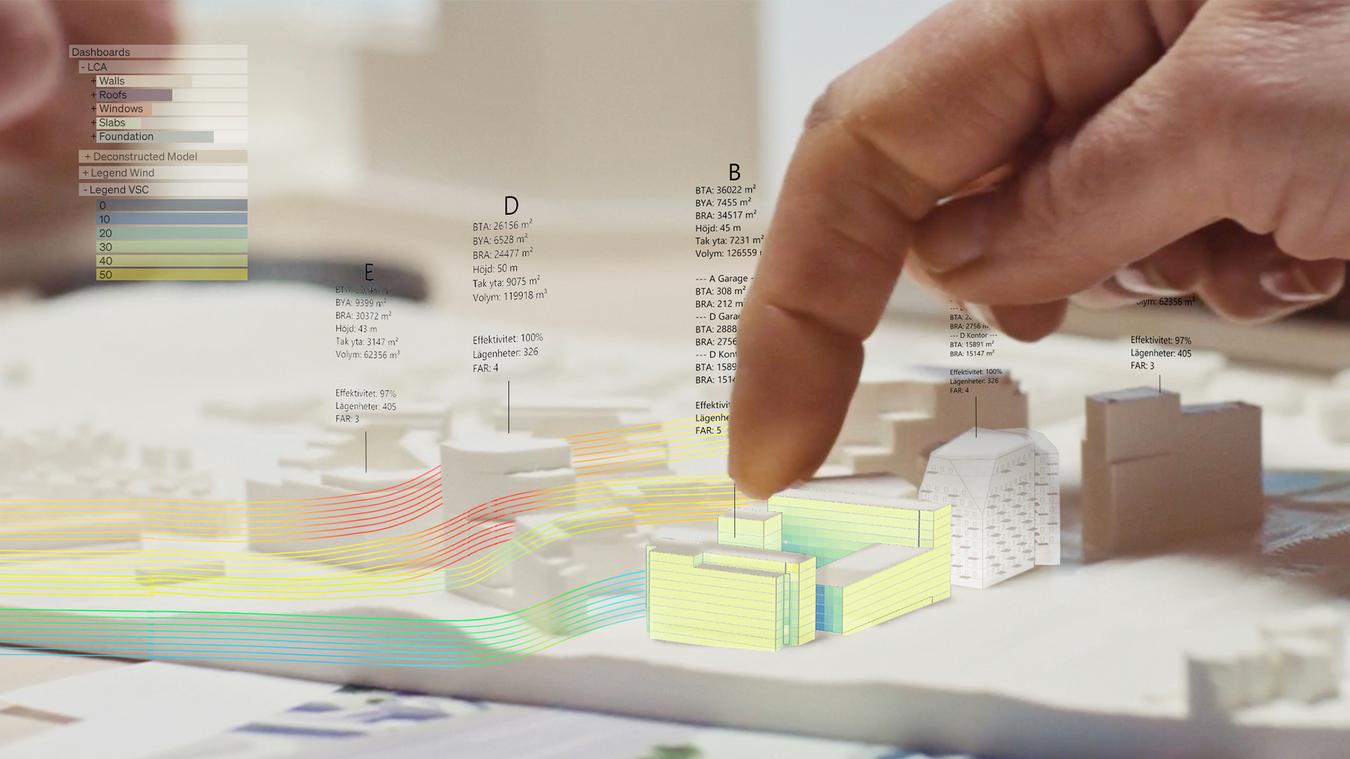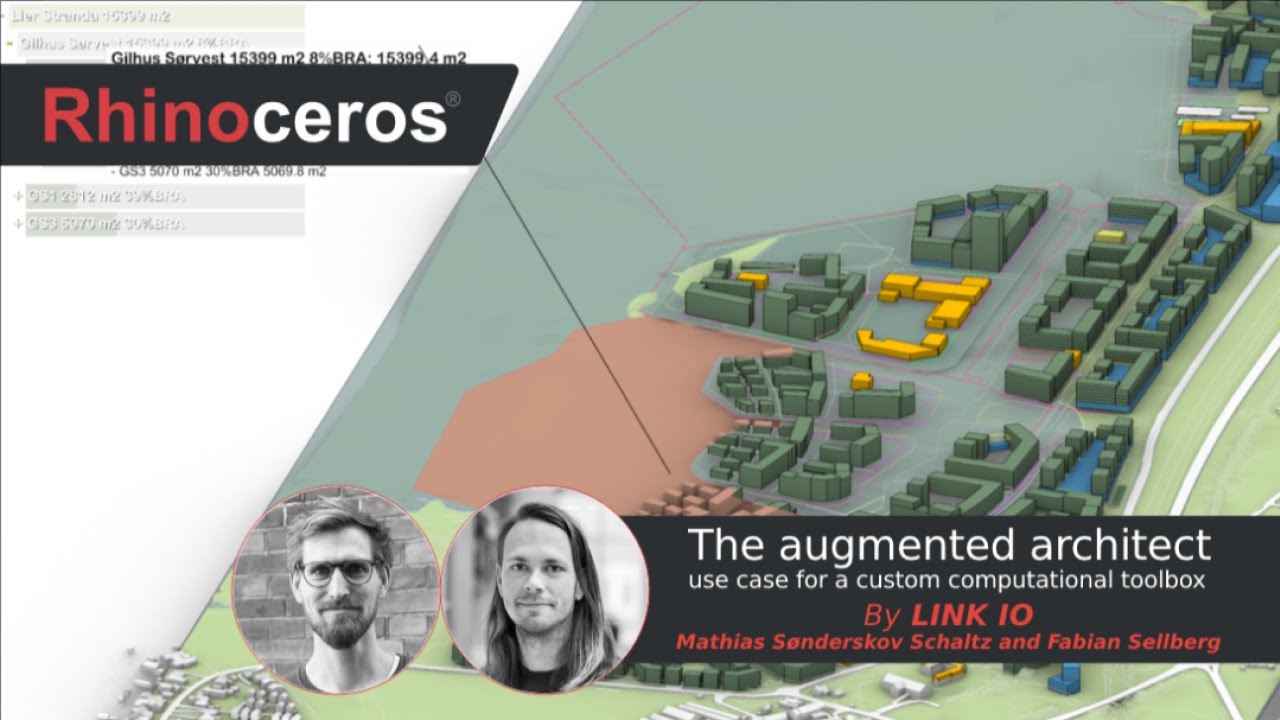
The Augmented Architect
This novel approach represents an additional layer of quality that supplements LINK’s already impressive design competence. The act of adding something to increase quality is known as "augmentation," hence the name of this working method. Notably, the architects themselves will be responsible for carrying out the various analyses required by this process.
Project specific tools
By leveraging digital processes and workflows that rely on artificial intelligence (AI) and automation, the manual tasks involved in analyses and calculations can be streamlined. In turn, parameters that are key drivers for creating a well-designed living environment and satisfying the customer's business needs can be controlled through the use of a data script. This approach enables architects to receive real-time feedback on how these factors are being affected during the design process, freeing up more time for sketching and ultimately leading to higher-quality outcomes across all projects.
Through the use of data-driven tools, designs can be evaluated continuously in relation to the project's requirements and ambitions. Any challenges that arise can be detected early on, enabling prompt resolution without significant effort. Additionally, even preliminary sketches can be validated to ensure that the final result aligns with the intended vision. By using this methodology, architects can effectively design projects that meet the needs of both their clients and the environment.
Smart 3D models
Smart 3D models are at the core of this approach, as building information modeling (BIM) models are linked to all available data for each project. This integration enables automated calculations and analyses to be carried out seamlessly with the design process. By combining the power of artificial intelligence with the expertise and experience of architects, this methodology yields optimal results.
By addressing sustainability and functional requirements early on, architects and customers can have confidence in the success of the project. The predictability that comes with data-driven design also allows for greater flexibility, such as optimizing building layouts to accommodate more apartments or fitting all functions into a smaller footprint, thus conserving valuable resources. Throughout these processes, control over key metrics and requirements is maintained, ultimately leading to a higher-quality project that is more sustainable and easier to implement.
Guaranteed results
The Augmented Architect offers a reliable and efficient way to work with data, providing a solid foundation for construction projects. While there are always external factors that can influence the final outcome, having access to accurate start data can help architects achieve a close approximation of the intended result. This predictability is a critical success factor for any project. Although each project has unique requirements, some examples of the digital tools utilized include wind, sun, and daylight analyses, as well as calculations of key figures and life cycle assessment (LCA). By leveraging these tools, architects can deliver high-quality designs that meet all project demands, providing customers with a strong basis for budgeting and scheduling.
These digital tools are available across all projects throughout Scandinavia, with architects themselves conducting the analyses and processing the results. Additionally, the firm has an internal network of computational designers and data specialists to assist with complex projects.
The Augmented Architect approach is particularly beneficial in early project stages and competitions, as well as healthcare and education projects where functionality is critical to success. Overall, this methodology provides architects with the resources and support they need to deliver superior designs that meet all project requirements.
